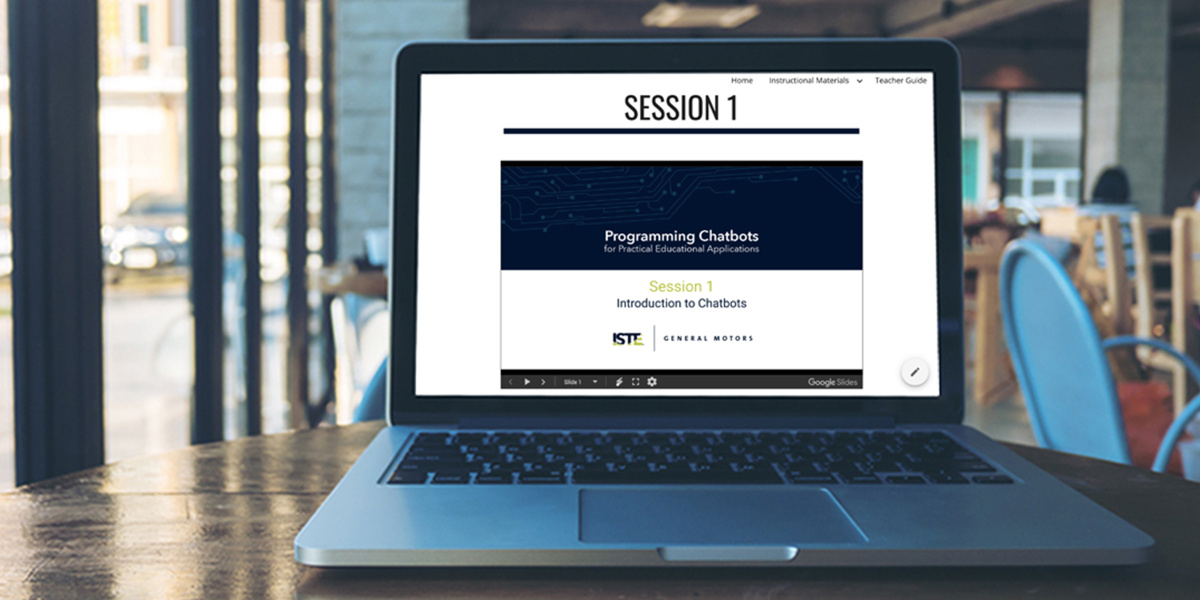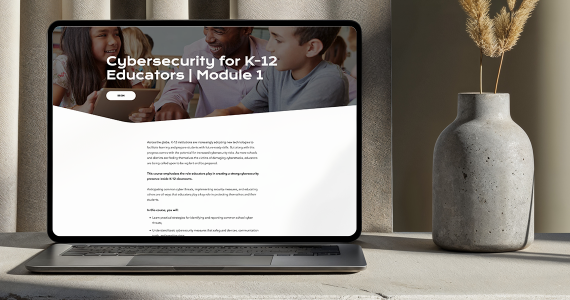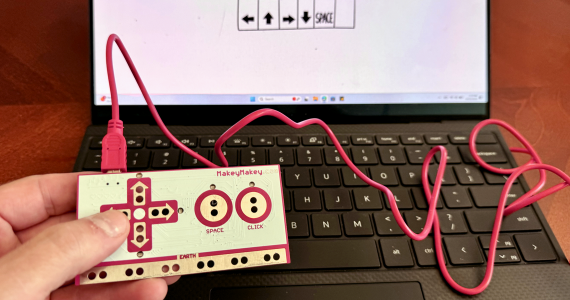High School Project-based Learning Unit about AI Chatbots
Developing an inquiry-driven, project-based pilot curriculum to cultivate interest by high school educators and students in machine learning and artificial intelligence.

Challenge
With funding from the GM Foundation, ISTE (the International Society for Technology in Education) was tasked with creating a pilot curriculum program that cultivated the interest and expertise of high school educators in preparing the next generation of students to have a different paradigm for software engineering: one rooted in the concepts of machine learning and artificial intelligence.
In addition to creating the curriculum, ISTE wanted to run a pilot of it and have students present the chatbots—computer programs or artificial intelligence that conducts a conversation via auditory or textual methods—at poster sessions at their Conference just four months later in Chicago. ISTE wanted to make the pilot for educators and their students as inquiry-driven, project-based, and student-centered as possible. They turned to Clarity knowing our proven ability to rapidly develop high-quality materials.
Solution
Clarity handled the project from start to finish: crafting the instructional design to create, deliver, and support a pilot of an inquiry-driven, project-based classroom exploration for high school students and educators focusing on the real-world applications of artificial intelligence and machine learning.
We structured these project-based explorations for students into a sequence of five educator-led classroom sessions: envisioning that educators would integrate these sessions and student projects into their existing instructional plan. Each of these five sessions follow the essential steps of a successful project-based experience, and when relevant—depending on the context of each pilot—provide connections to a learner’s ongoing instruction. Several educators across the country participated in the pilot and two were selected to present at the ISTE Conference. Several educators remarked it was one of the most innovative ways they've seen to date of using artificial technology in the classroom.


